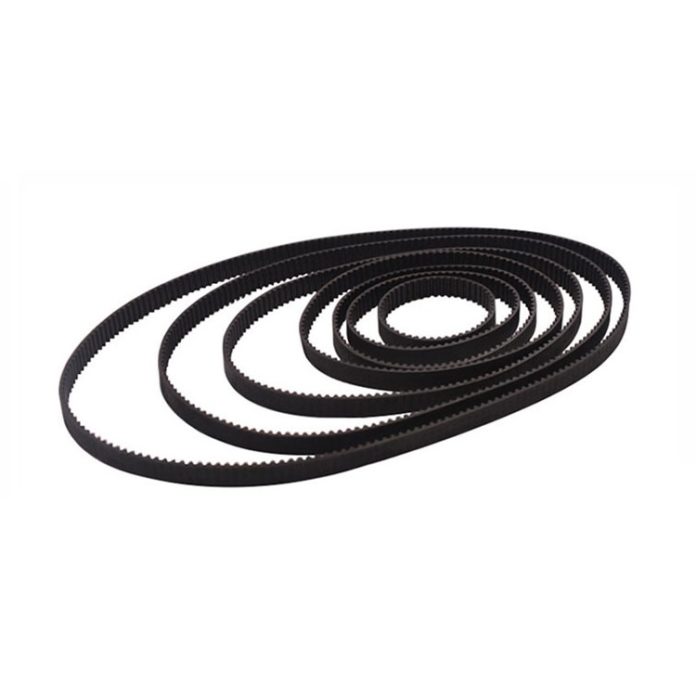Boyne Valley Drive – Enjoy at your leisure
The sites featured along the way include Bru Na Boinne (the UNESCO World Heritage sites at Newgrange Knowth Dowth), Trim Castle, Monasterboice, Slane Castle and Mellifont Abbey (For a full list, see the notes to editor).
Additionally, Can you go inside Newgrange? Newgrange is a passage tomb and you are allowed inside the chamber. It’s inside the small chamber that you’ll be rewarded with the Winter Solstice sunrise experience.
Where does the Boyne enter the sea? River Boyne, Irish An Bhóinn, river rising in the Bog of Allen, County Kildare, Ireland, and flowing 70 miles (110 km) northeast to enter the Irish Sea just below Drogheda.
Subsequently, What town does the River Boyne flow through? It passes through the ancient town of Trim, Trim Castle, the Hill of Tara (the ancient capital of the High King of Ireland), Navan, the Hill of Slane, Brú na Bóinne (a complex of megalithic monuments), Mellifont Abbey, and the medieval town of Drogheda.
FAQ
What county is Meath?
County Meath
| County Meath Contae na Mí | |
|---|---|
| Country | Ireland |
| Province | Leinster |
| Region | Eastern and Midland |
| Established |
Who owns Dublin Castle? Most of the current construction dates from the 18th century, though a castle has stood on the site since the days of King John, the first Lord of Ireland.
…
| Dublin Castle | |
|---|---|
| Owner | Ireland |
| Grounds | 44,000 square metres (11 acres) |
| Website | |
| www.dublincastle.ie |
Is Newgrange the oldest building in the world? Newgrange was constructed about 5,200 years ago (3,200 B.C.) which makes it older than Stonehenge and the Great Pyramids of Giza.
Are there any Roman ruins in Ireland? Drumanagh (Irish Droim Meánach) is a headland near the village of Loughshinny, in the north east of Dublin, Ireland. It features an early 19th-century Martello tower and a large (200,000 m²) Iron Age promontory fort which has produced Roman artefacts.
What fish is in the River Boyne?
The Boyne River (Oldbridge to Navan)
The Boyne has extensive stocks of wild brown trout and also has a good run of salmon and sea trout in summer and autumn. The majority of salmon fishing in this are is controlled by Angling Associations with some being maintained by private fishery owners.
Is Boyne a river in Ireland? The Boyne (An Bhóinn or Abhainn na Bóinne in Irish) is a river in the east of Ireland, the course of which is about 112 kilometres (70 miles) long.
What’s Meath famous for?
Meath is known as the Royal County because many centuries ago aspiring High Kings of Ireland came to the Hill of Tara in the centre of County Meath to be crowned in elaborate kingship rituals. It is home to the only official strand races in Europe, which take place on Laytown Beach each year.
Does Monaghan border Meath? Monaghan is bordered by the counties of Louth, Meath, Armagh, Tyrone, Fermanagh and Cavan.
What is the main town in Meath?
The main towns in the county are Navan, Kells and Trim. Although Navan is now the county town, historically Trim held that title. Navan is the administrative centre, while Trim and Kells are classed as heritage towns.
How much is Dublin Castle worth?
It is valued at £124 million (157 million), according to figures supplied to The Irish Times by the OPW whose total property portfolio is valued at some £2 billion (2.5 billion).
Why is Dublin Castle significant? During that time, it served principally as a residence for the British monarch’s Irish representative, the Viceroy of Ireland, and as a ceremonial and administrative centre. The Castle was originally developed as a medieval fortress under the orders of King John of England.
How many castles are in Ireland? How many castles are there in Ireland? It’s said that there are approximately 30,000 castles and castle ruins in Ireland, which is simply astonishing and means you can’t go far without a view of a romantic castle in the Emerald Isle!
What is the oldest structure still standing?
Dating back to 3600 BC and 700 BC, the Megalithic Temples of Malta are considered to be the oldest free-standing structures on earth. The temples were built during three phases of cultural revolution – Ġgantija (3600-3200BC), Saflieni (3300-3000BC) and Tarxien (3150BC-2500BC).
What was Stonehenge used for 5000 years ago? Built in several stages, Stonehenge began about 5,000 years ago as a simple earthwork enclosure where prehistoric people buried their cremated dead. The stone circle was erected in the centre of the monument in the late Neolithic period, around 2500 BC.
What artefacts were found in Newgrange?
Some artefacts from Newgrange
Indeed, several of the finds, namely the bone and antler mushroom-headed pins and the stone marbles/balls (Figure 4) from the Neolithic context recovered by O’Kelly are also found in assemblages from passage tombs in the Iberian Peninsula (Herity 1974).
Did the Vikings invade Ireland? In 795 AD Viking longships began to raid various places in Ireland. At first they attacked the monasteries along the coast and later they raided inland.
What did the Romans call England?
Britannia (/brɪˈtæniə/) is the national personification of Britain as a helmeted female warrior holding a trident and shield. An image first used in classical antiquity, the Latin Britannia was the name variously applied to the British Isles, Great Britain, and the Roman province of Britain during the Roman Empire.
Why did the Romans never settle in Ireland? Rome’s failure to control of the Irish Sea was to be the bane of many a governor of Roman Britain, as it provided a safe haven for incessant marauding pirates and other enemies of state. Tacitus was all in favour of the conquest of Ireland, arguing that it would increase the prosperity and security of their empire.
Don’t forget to share this post !























